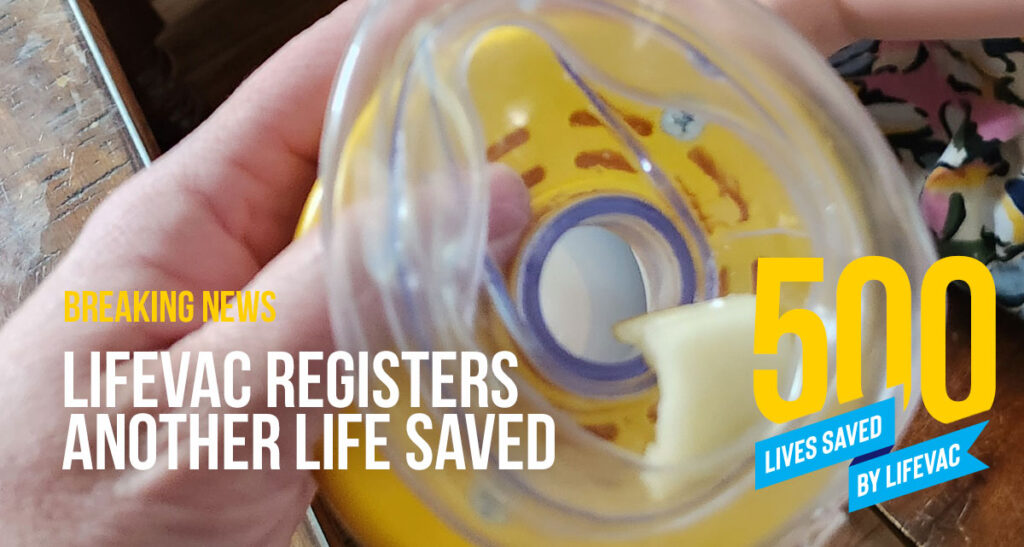As parents and caregivers, we’re always on the lookout for ways to ensure our children grow up happy, healthy, and safe.
One effective approach that often goes overlooked is mindful eating. Beyond nurturing healthy eating habits, mindful eating can significantly enhance safety during meal times, minimizing choking risks and other accidents.
In this blog post, we’ll explore the concept of mindful eating for children, discuss its remarkable benefits, and provide practical tips on how we can support our kids to eat mindfully.
What Is Mindful Eating?
Mindful eating isn’t just about savoring flavors; it’s a practice that encourages children to be fully present during meals. It entails focusing on the sensory aspects of eating, such as the taste, texture, and aroma of food.
Mindful eating involves fully engaging your physical and emotional senses to appreciate and enjoy your food choices.

Benefits of Mindful Eating for Children
Healthy relationship with food:
Mindful eating fosters a positive relationship with food. It encourages children to appreciate the act of eating, connecting with the pleasure and satisfaction of nourishment. This psychological aspect of mindful eating can minimize the risk of disordered eating patterns.
Choking incidents prevention:
Slowing down and chewing food thoroughly are fundamental aspects of mindful eating. By adhering to these practices, children are less likely to take large bites or swallow improperly, reducing the risk of choking incidents.
How to Teach Your Kids Mindful Eating
Teaching kids the art of mindful eating means they’ll savor their food, make healthier choices, and minimize choking risks. Here are five practical tips to get started.
1. Slow Down
Encourage your kids to savor their food slowly. Show them that eating isn’t a race; it’s a time of the day that should be relaxing and stress-free.
2. Avoid distractions
Ensure mealtime is free from diversions by keeping TVs switched off and mobile phones out of reach. This way, you can fully enjoy your food and engage in quality family time.
3. Small bites
One of the practices of mindful eating is taking small bites. Teach your kids the importance of taking manageable, smaller bites. These are easier to chew and swallow safely. Plus, it gives them time to enjoy the tastes and aromas of the food.
4. Comfortable seating
It’s also important to make sure that your child isn’t running, playing or laying in bed while eating. They should be comfortably seated during meals. This reduces distractions and helps them concentrate on their food.
In addition, don’t forget to show them that the best sitting position while eating is sitting upright on a chair, close to the dining table.
5. Get Them Involved
Encourage your kids to join you in grocery shopping and cooking adventures. This hands-on approach helps them grasp the importance of making healthy food choices and caring about their nutrition.

It fosters a deeper connection with meals and instills a sense of responsibility for their well-being.
While mindful eating enhances the safety of mealtimes, we understand that life can be unpredictable. That’s where LifeVac comes to the rescue.
The Anti-choking Medical Device that Has Saved Over 1342 Lives
LifeVac is a highly effective medical anti-choking device, designed to swiftly respond to choking emergencies.
It boasts certifications from reputable authorities like the MHRA and FDA and carries the CE mark, indicating its commitment to safety and quality.
The LifeVac device has saved more than 1300 lives worldwide, including children, adults, elderly people, as well as people with disabilities.
LifeVac provides an extra layer of safety for your kids, giving you peace of mind during family dining!
Do you want to learn more about the LifeVac device? Click here!



